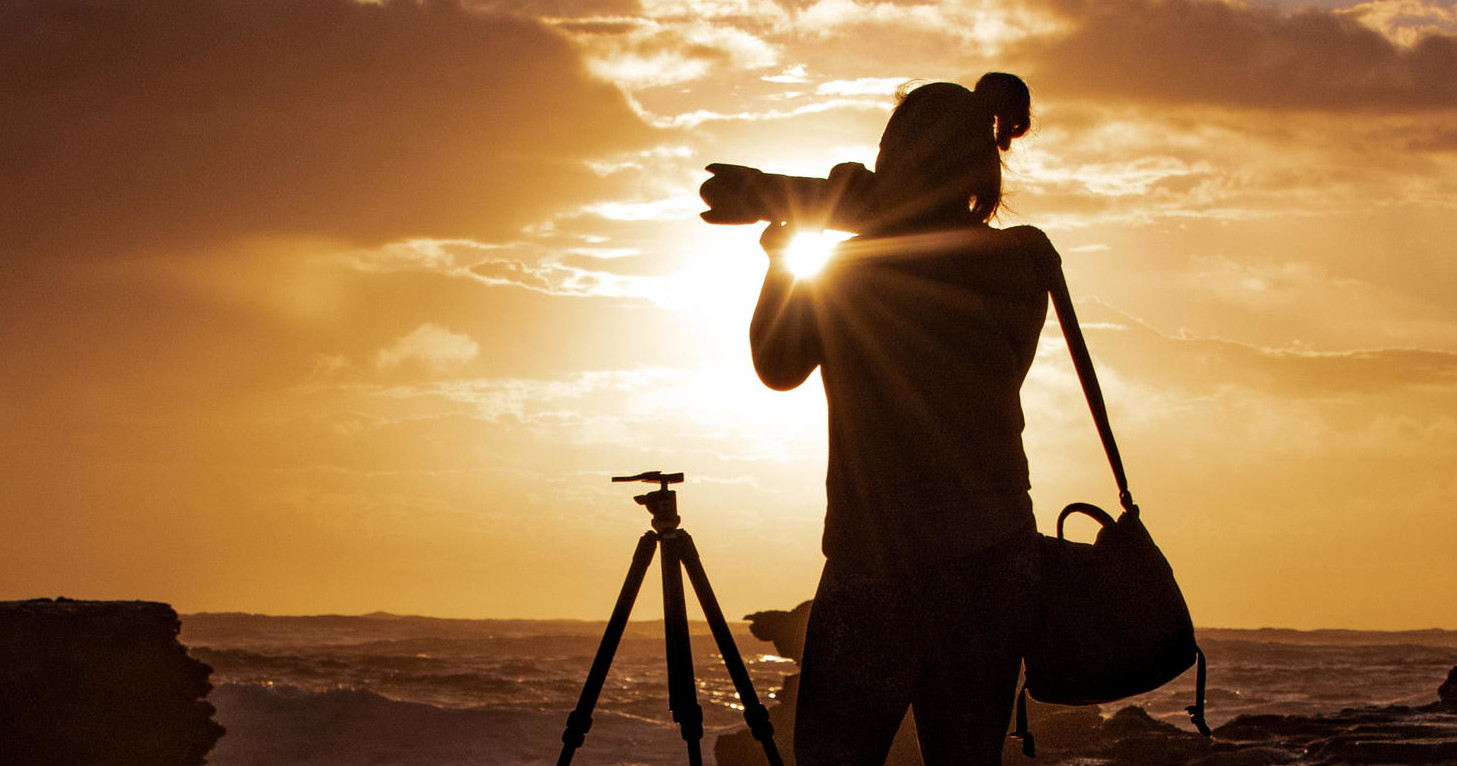Glacier National Park's sweeping vistas and dynamic weather create a compelling playground for photographers chasing the day’s perfect light. This guide offers practical tips for timing your hike and navigating the changing skies from sunrise’s first glow to sunset’s last breath.
Start Early for Optimal Light
Arrive at popular viewpoints like Logan Pass before sunrise to claim your spot and enjoy the soft dawn light before crowds arrive.
Monitor Weather Forecasts Closely
Glacier’s midday thunderstorms develop quickly; plan your route and timing to avoid being caught on exposed ridges during storms.
Bring Layered Clothing
Temperature swings between dawn and midday can be drastic — layers allow you to adapt comfortably without cutting short your shoot.
Hydrate and Pack Energy
Even moderate hikes require steady hydration and energy. Carry at least two liters of water and snacks to maintain stamina.
Chasing Light: Timing and Weather Tips for Sunrise to Sunset Photography in Glacier National Park

Private Sunrise to Sunset Tour
12+ Hours • Great For Anyone Looking For Help With Professional Photographers
Spend a full day capturing the magic of Honolulu with a private guided photography tour designed for families and groups. Personalize your pace and create lasting memories in iconic island settings.
Glacier National Park offers an exceptional canvas for photographers committed to capturing the day from dawn’s first light to final sunset hues. The park’s unpredictable weather and diverse terrain demand a careful balance of timing precision and preparation. Starting early, knowing where to watch the sun rise and setting realistic routes helps ensure you don’t just get the shot, but experience the park fully.
Begin your day well before sunrise at Logan Pass, 1.6 miles and roughly 400 feet elevation gain from the starting point on the Hidden Lake Overlook Trail. The early morning chill wakes the alpine winds, which seem to push the clouds eastward. Expect rugged, often rocky paths punctuated by forested stretches where the ground breathes with moss and pine needles. This segment offers wide views of glacial valleys that shimmer as the sun grows bold.
Weather plays an active role here. Summer mornings frequently start clear, but afternoon thunderstorms can roll in quickly, transforming the landscape from bright and vibrant to moody and brooding within minutes. Keep an eye on shifting clouds — their movements guide your timing to catch quick bursts of golden light or stay safe amid unexpected rain. Autumn brings sharp contrasts; clear skies and frosted ground create breathtaking clarity but call for layered clothing and water-resistant footwear.
Sunset is best caught along the Trail of the Cedars or Lake McDonald shores. Expect a level of serenity as the day cools, the waters mirror the colorful sky, and the forest releases the heat gathered over the day. Getting a bit off the beaten path can yield less crowded but equally striking vantage points.
Hydration and footwear are critical companions. The trails range from moderate to challenging, featuring rocky inclines and potentially slick surfaces from morning dew or rain. Lightweight boots with solid tread and waterproof membranes stand up to these demands. Carry at least two liters of water, especially in summer, and pack snacks with slow-burning energy.
When planning, factor in changing daylight hours through seasons. Summer offers extended golden hours ideal for photography, while winter’s short days and heavy snow require planning for limited access and advanced winter gear.
In sum, Glacier asserts itself through rapid weather turns and diverse terrains—respect it by preparing accordingly. Approach the hunt for perfect light not just as a photographer, but as an adventurer attuned to the elements, timing your journey to be rewarded by the wild’s fierce beauty from sunrise to sunset.
Nearby Trips
All Adventures
Boat Charters
Water Activities
Adventures near Whitefish
Discover the unique and memorable adventures that make Whitefish special.
Frequently Asked Questions
When is the best time to photograph sunrise in Glacier National Park?
The best sunrise spots, like Logan Pass or Hidden Lake Overlook, require arriving at least 30 minutes before first light. Aim for early summer or fall when skies tend to be clearer in the morning and temperatures manageable.
How quickly can weather change during a photographic hike here?
Weather can shift rapidly, especially in summer when thunderstorms develop often after noon. Mornings are generally stable, but always be prepared for sudden rain, wind, or temperature drops.
Are there lesser-known vantage points suitable for sunrise or sunset photography?
Yes, Try the less-traveled Bearhat Mountain trail for sunrise views or the quieter sections along Lake McDonald’s west shore for vibrant sunset reflections away from crowds.
What wildlife should photographers be aware of during hikes?
Bears are active; carry bear spray and know safety protocols. Mountain goats and marmots also frequent higher elevations, offering unique photo subjects if approached respectfully.
Is winter photography accessible for most visitors?
Winter access is limited and physically challenging due to deep snow and road closures. Experienced hikers with snowshoes or skis can explore specific areas but should be aware of avalanche hazards.
How do changing seasons affect photographic opportunities?
Spring showcases blooming flora and wildlife activity, summer offers long light and vivid greenery, fall features dramatic colors and crisp air, and winter provides a pristine, quiet, snow-blanketed wilderness.
Recommended Gear
Waterproof Hiking Boots
Provide secure footing on rocky, wet, and uneven trails throughout all seasons.
Layered Clothing (Base, Insulation, Shell)
Allows quick adjustment to Glacier’s rapid temperature and weather changes from dawn to dusk.
Hydration System (2 Liters Minimum)
Maintains necessary hydration especially during summer’s long sunny hikes.
Compact Tripod
Stabilizes camera gear for low-light sunrise and sunset shots when slower shutter speeds are needed.
Local Insights
Hidden Gems
- "Bearhat Mountain offers sweeping mountain views with far fewer visitors than Logan Pass."
- "The Sun Point overlook provides a quiet, panoramic spot for sunrise photography."
Wildlife
- "Mountain goats, bighorn sheep, and elusive lynx inhabit highland areas—always keep your distance."
- "Loons and ospreys can be spotted near water bodies during summer months."
History
"Glacier National Park was established in 1910, integral to Native American cultures including the Blackfeet Nation, with many trails following ancient wildlife and trade corridors."

